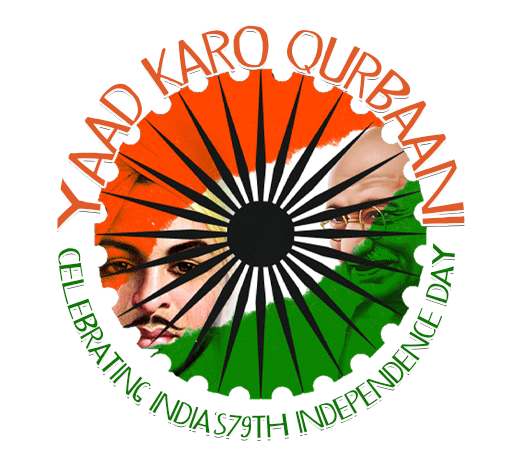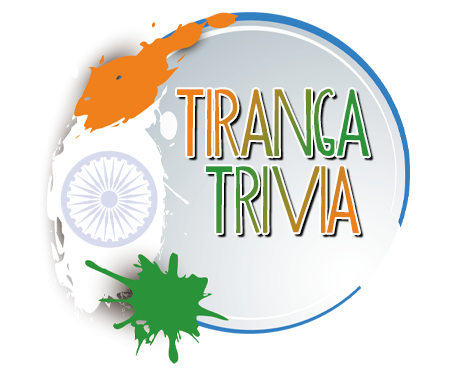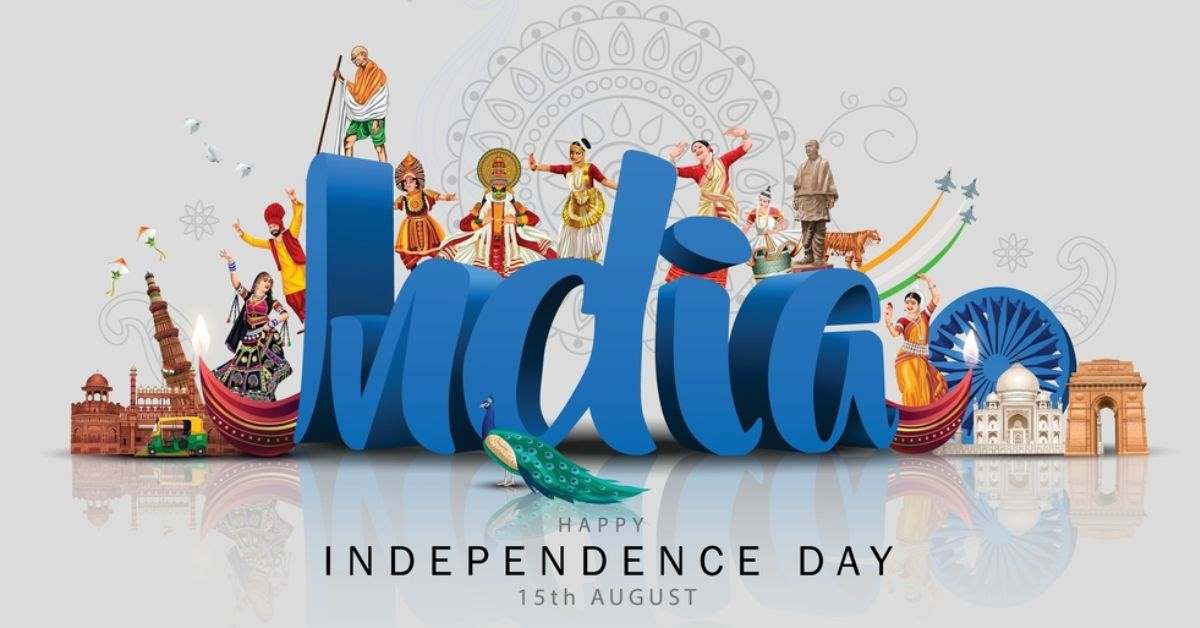
"At the stroke of the midnight hour, when the world sleeps, India will awake to life and freedom."
Pandit Nehru spoke these words in his inaugural address at the eve of India's independence 79 years ago. The time had indeed arrived for all Indians to redeem our pledge for our 'tryst with destiny'.
India's 'awakening to life and freedom' was not cheap. The annual Independence Day celebration on 15th August is to cherish and honour the struggles and sacrifices made by our leaders - royals, revolutionaries, politicians, social reformers, and the common people - to extricate India from the dominion of the British Raj.
It was a long drawn struggle. Beginning from the Sepoy Mutiny in 1857, to the Quit India movement in 1942, India had been making its position clear. As Bal Gangadhar Tilak famously declared, 'Freedom is my birthright, and I shall have it', this sentiment took root and began to echo and throb in the hearts of millions of Indians.
The Sepoy Mutiny of 1857 is possibly the most significant rebellion against the British, and marked the beginning of the rise in organized movements. However, civil discontent had begun to stir very early on against the East India Company, even if it remained fragmented and sporadic. Like tiny ripples causing major waves in the ocean, these little acts of rebellion eventually snowballed into the bigger resistance movements that led India to freedom.

Here's a quick look at some of the lesser-known early resistance movements against the British Raj.
1. Revolt by the Raja of Vizianagaram: The War of Padmanabham occurred on July 10, 1794, between British Colonel Pendergast and the Raja of Vizianagaram, Vijaya Rama Gajapathi Raju who openly declared war, opposing the policies of the British that called for a reduction in the Raja's area of governance, and increase in the revenue payable to the British. The Raja and his forces were killed in the battle.
2. Vellore Mutiny: In 1805, the sepoys in the fort of Vellore were made to remove all religious markings and attire as part of a new dress code in order to “improve” the regiment’s “soldierly appearance". They were also given hats made of cow and pig hides that led to widespread resentment precipitated by the brutal treatment meted out to any dissenting voices. The sepoys revolted, the Arcot garrison entered the fray and quickly gained control and in an heinous incident, 100 soldiers that were seeking refuge within the Fort were lined against a wall and shot in a "summary judgment".
3. Paika Rebellion: The Paikas were peasant militias of Odisha’s Gajapati rulers. The British policies of land revenue settlements led to the Paikas losing their estates. Constant interference in the economy and revenue systems resulted in peasant and farmer exploitation and oppression, eventually sparking a uprising against the British. Under Bakshi Jagabandhu Bidyadhar’s leadership, a 400-strong Kandha party crossed into Khurda from Ghumsur. Government offices in Banapur were set on fire, police officers were killed, and the British treasury was looted. The revolt raged on for several months before being crushed by the British army.
4. Satara Revolt: This uprising was caused as a result of the British deposition of Chhatrapati Pratapsingh in 1839 and his exile to Varanasi. In an attempt to reclaim his sovereignty, a 1000 strong army led by Dhar Rao Pawar and Narasingh Dattatreya Petkar attacked Badami Fort. They managed to successfully capture the fort and raised the Satara flag on its ramparts, however the British retaliated and recaptured the fort. Petkar was sentenced to life, while Dhar Rao continued to actively rally resistance against the British until the movement was finally put down in 1844.
5. Surat Salt Agitation: In 1844, the British raised salt duty which put the lower class under considerable duress and sparked unrest. The agitation began on August 29th with a peaceful demonstration by prominent merchants, but the situation quickly escalated. On August 30th, the local population joined the protest, leading to a mass movement against the proposed tax. The Company initially tried to appease the protestors by arresting some prominent merchants and sahukars, but this only further fueled the unrest. The protests continued, with merchants refusing to sell their goods to the Company. Finally, on September 14, 1844, the British East India Company was forced to withdraw the proposed salt tax increase.
Let's salute and remember these brave soldiers, reformers and revolutionaries as we ring in our 79th Independence Day.
Jai Hind!

As an Indian, what are you most proud of?
And what do you think we can work on more?
Did we, as Indians, keep our 'tryst with destiny'?
Share with us your thoughts on India's freedom struggle and our journey post-independence.
Also scroll on further to participate in our 'Tiranga Trivia quiz' and earn an exciting badge!

ExoticDisaster | Minionite | Leprechaun




















































312